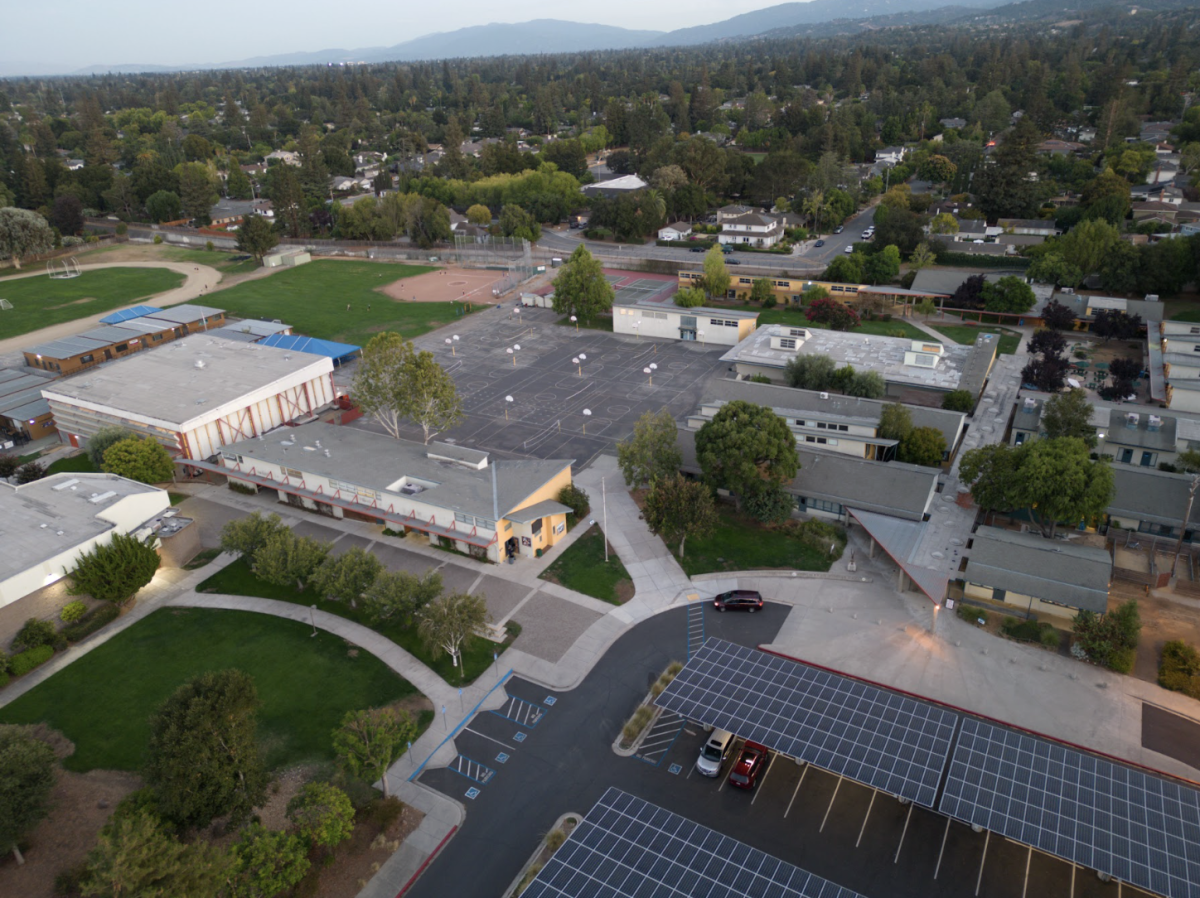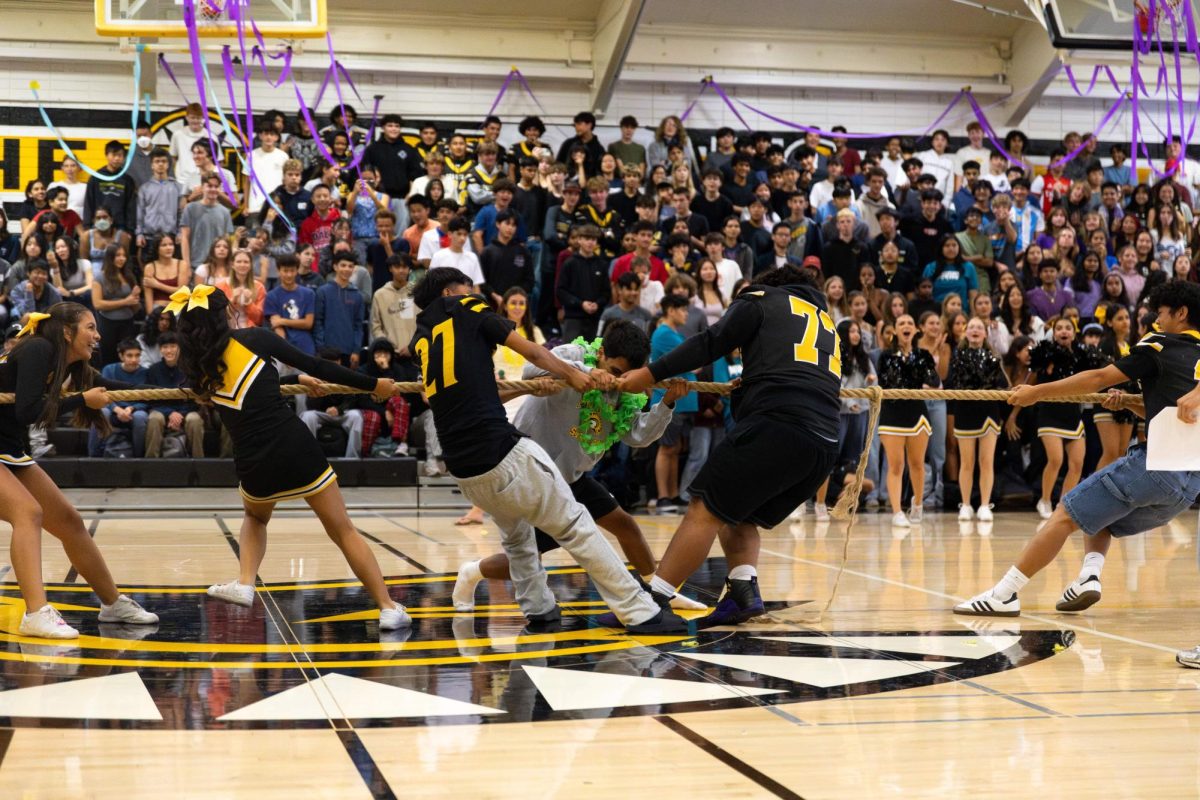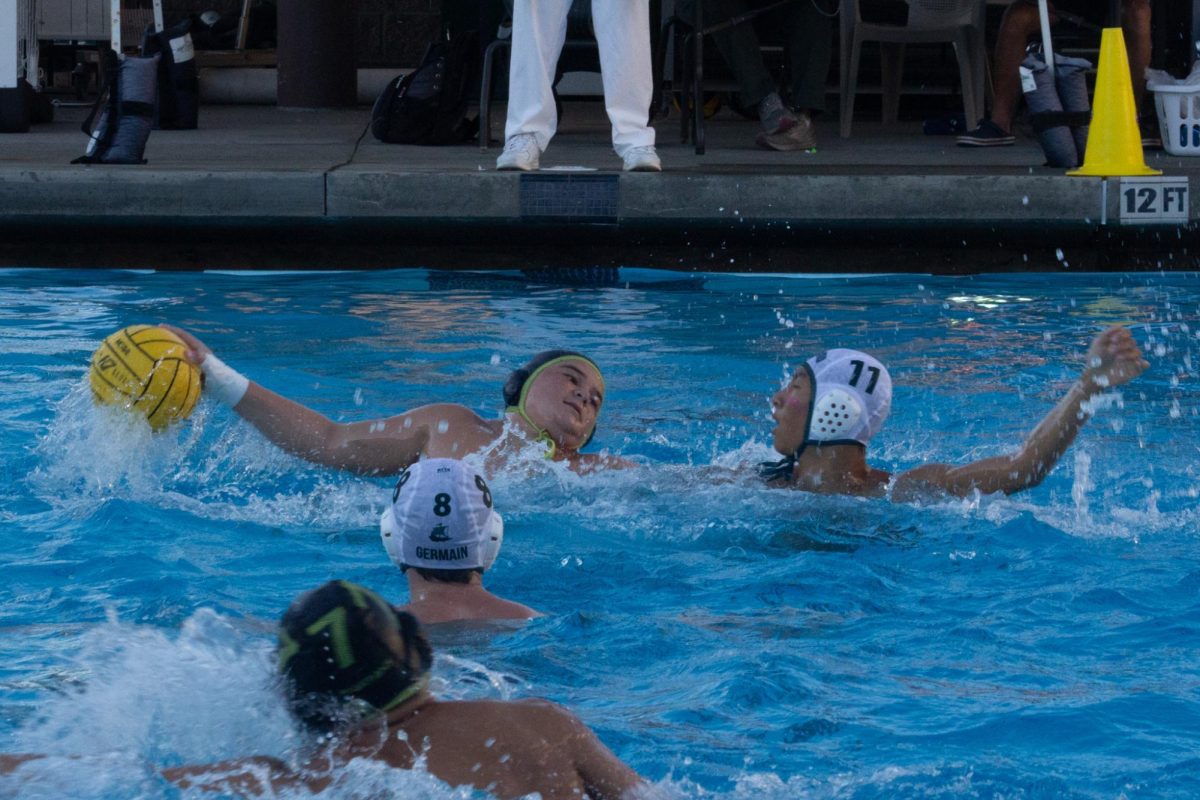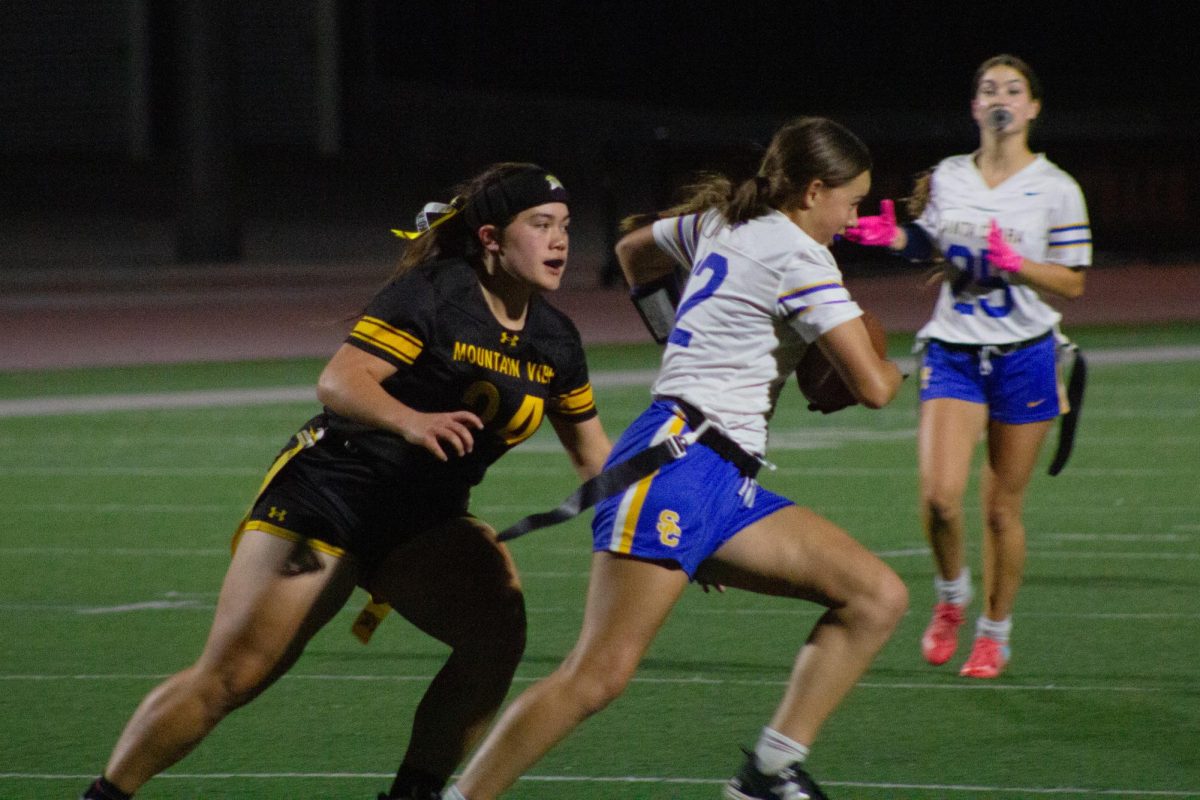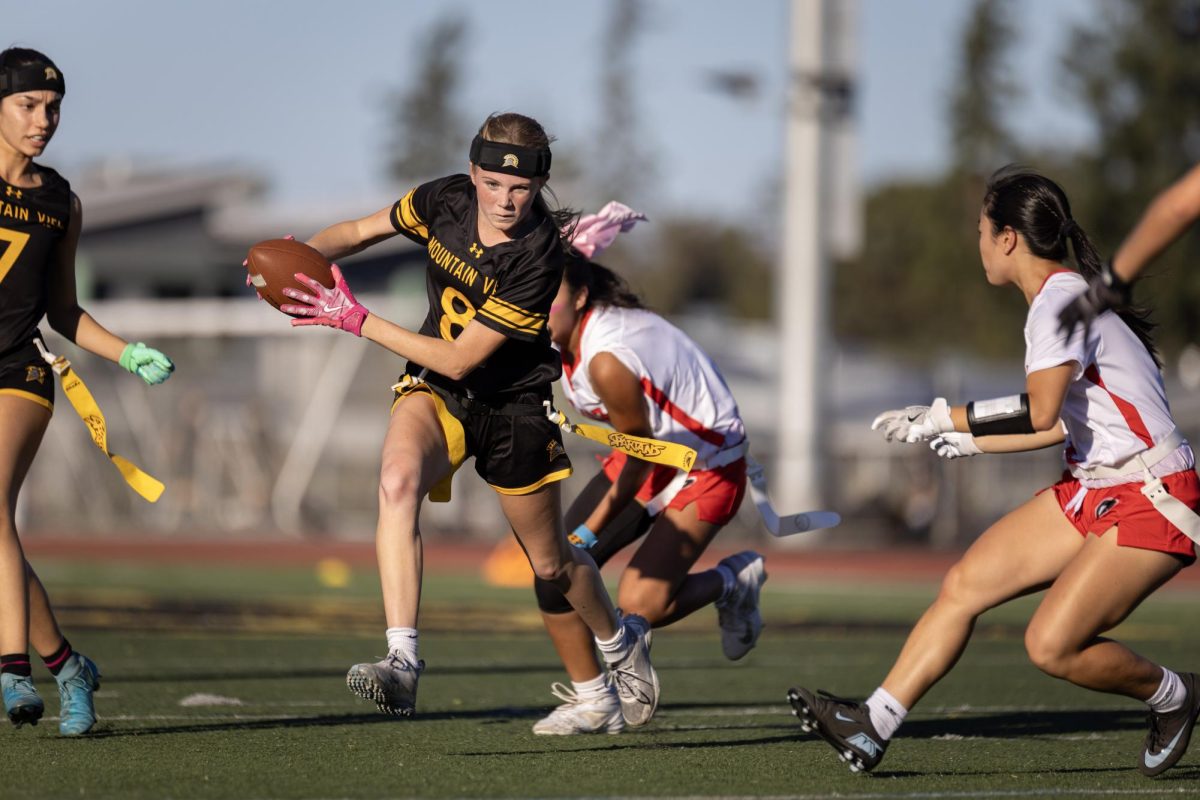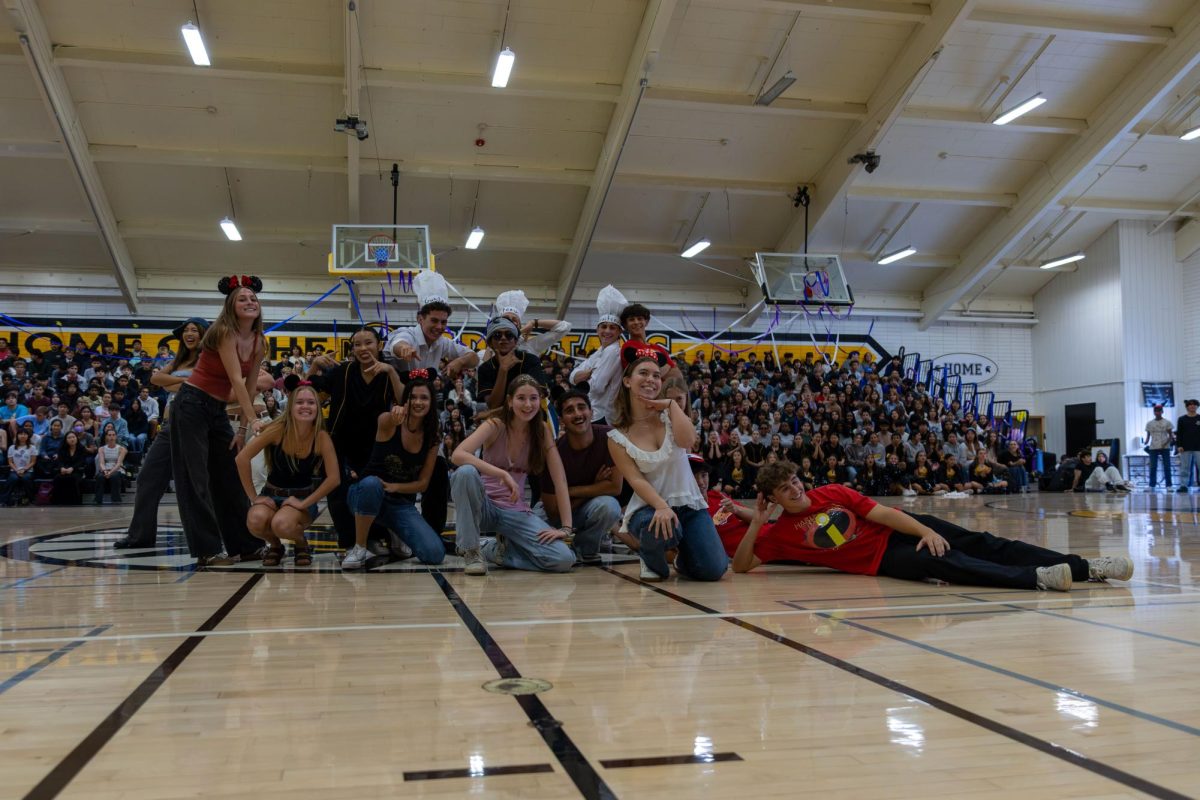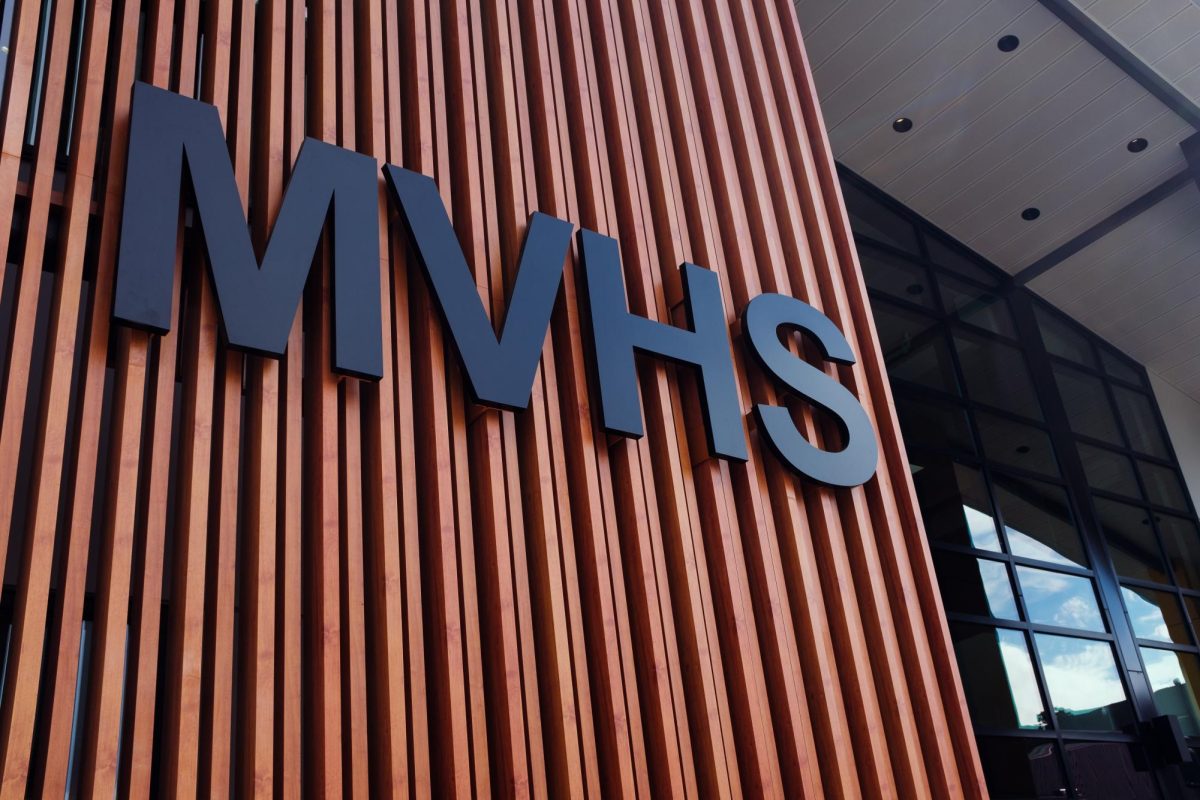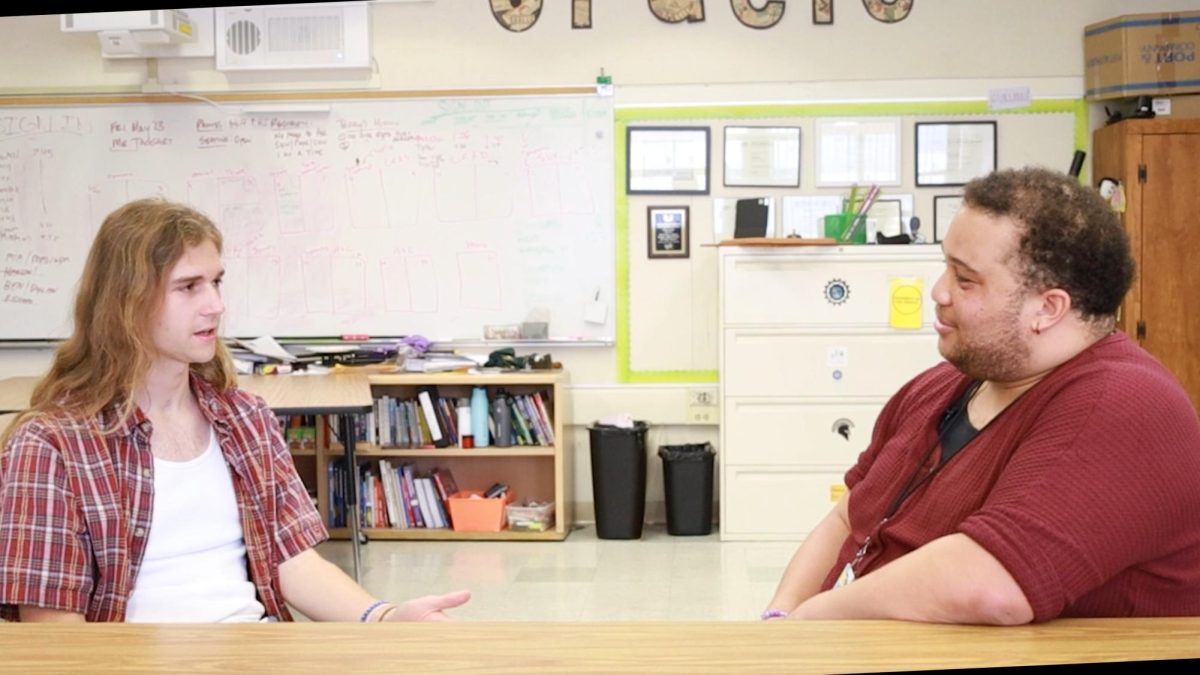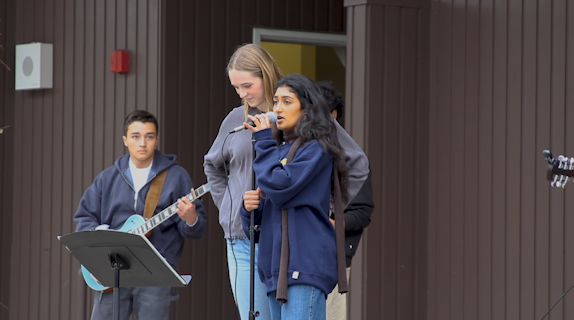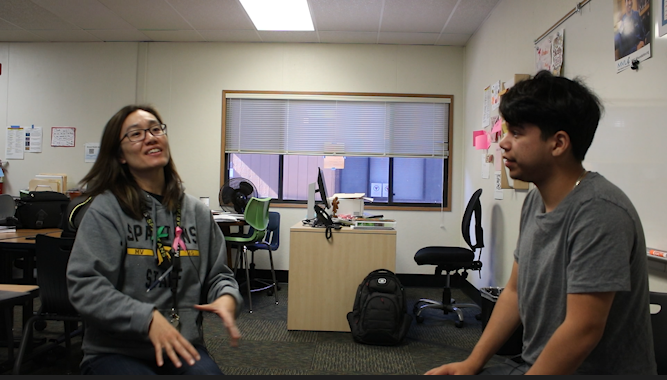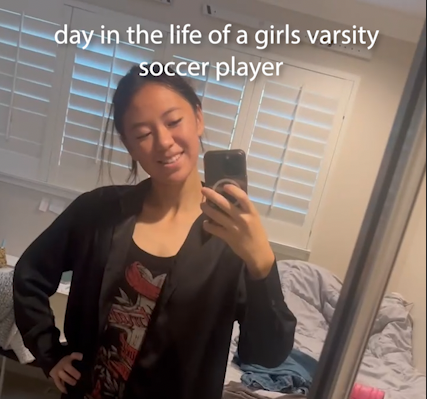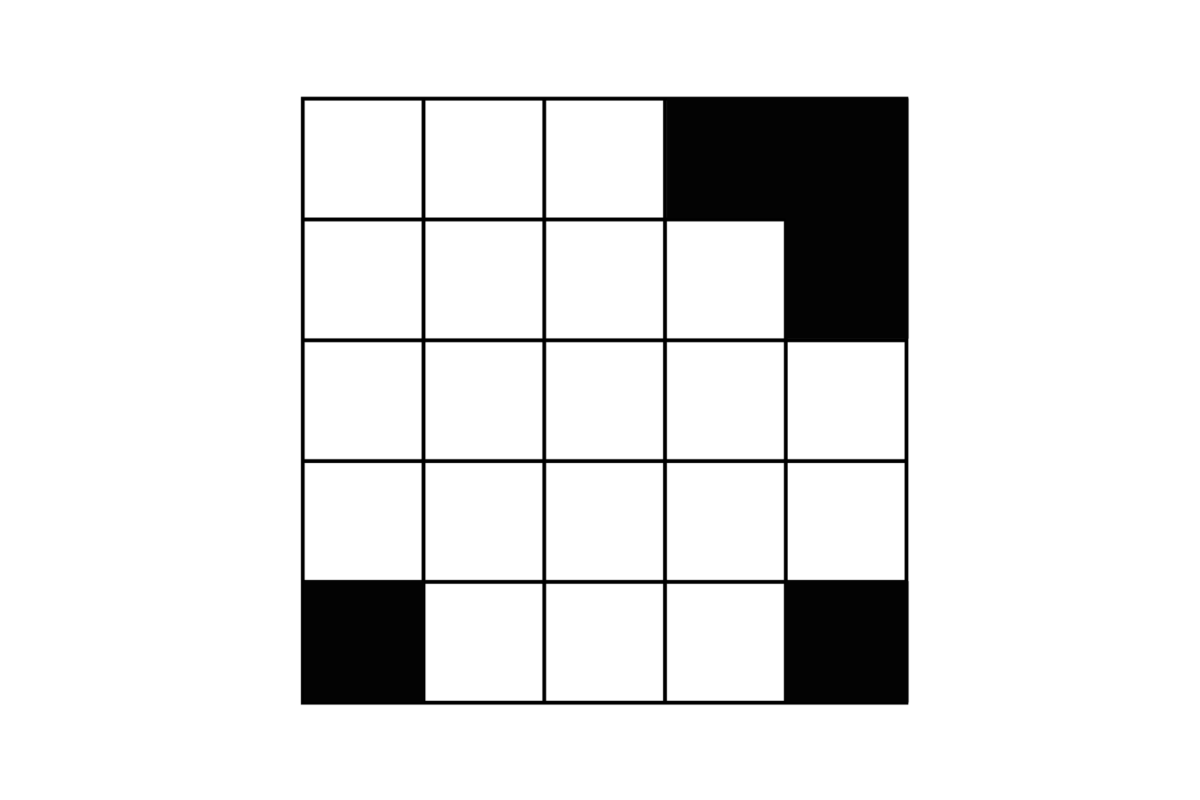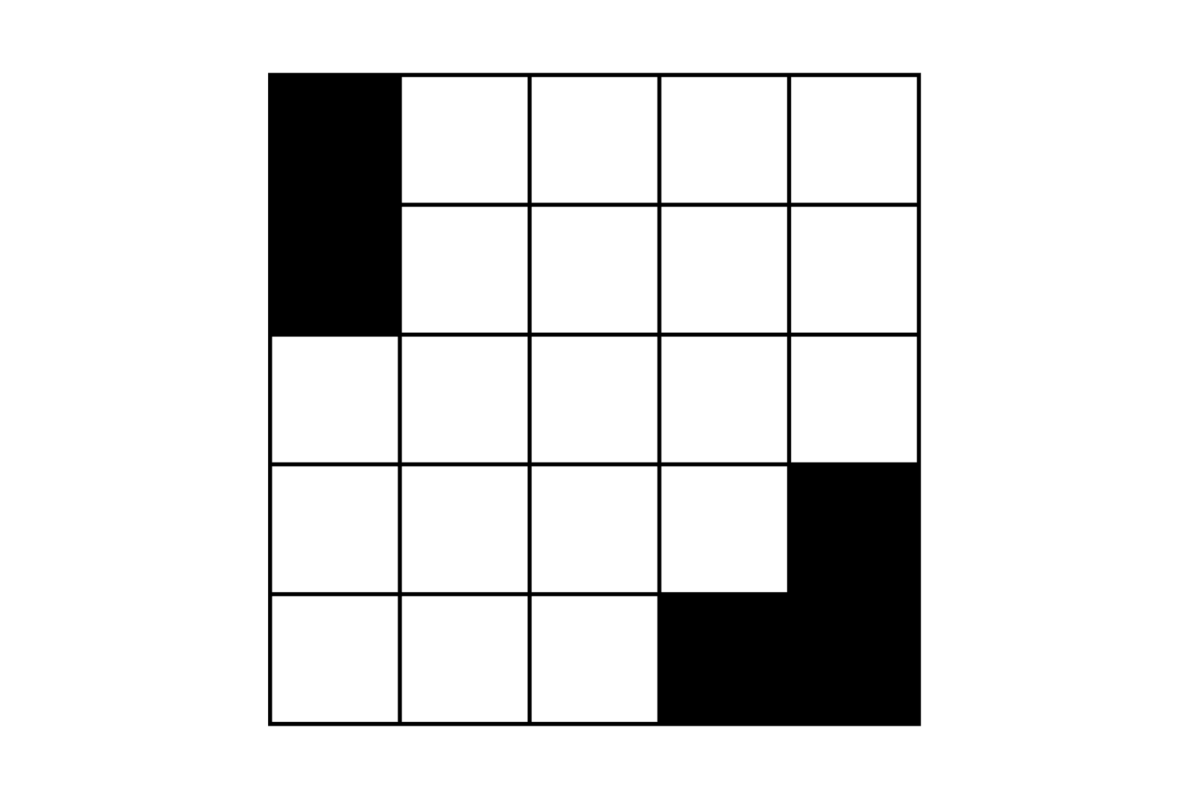A note from the writer…
The short answer is no. MVHS sent a remarkable 93% of its graduates to a higher education institution last year, a marked difference from the national average which hovers between 60-70%.
Despite that, there is a perception that it is harder for MVHS students to get into top, highly selective schools. This sentiment, in my own experience, is shared primarily when talking about northeast Ivy League schools and is often attributed to being lost among the massive amounts of high-achieving students across the Bay Area.
Another idea that seems to pop up every April and May is that we’re a feeder school, meaning we send a high proportion of students to certain selective institutions. This includes, through my own experience, the University of California, Berkeley, Cal Poly SLO, and this year especially, Stanford University.
These two ideas are somewhat opposed, but are expressed alongside each other nonetheless.
So, I did the math. Using Naviance data from the class of 2024— MVHS’s college-prep software and publicly available data from colleges and universities — the top 50 institutions as ranked by U.S News, plus Cal Poly SLO and Northeastern University, were analyzed in order to find whether there is a statistically significant difference between MVHS and national acceptance rates.
Disclaimers
Data was sourced from 2024, because 2025 data has not yet been completely filled by students in Naviance. Because it is one year, each result should be taken with a heavy grain of salt – this article is merely meant to offer insight into the relative validity of common perceptions, not scientifically prove or disprove correlation or causation. Schools in which the total number of MVHS applicants was less than 10 are denoted with an asterisk, and their data should be taken with an even larger grain of salt. When available, in-state and out-of-state acceptance rates were used – some schools did not report it clearly, however. Only main campus acceptance rates were used for universities with branches, other than the UCs, which were analyzed independently.
Through the analysis of the 52 schools through a binomial test, 11 showed a statistically significant difference of acceptance from the national proportion. Eight of those showed a better-than-average result for MVHS students, and the remaining three showed a worse-than-average result.
Significantly better-than-average result
Boston University, the University of Maryland, Lehigh University, Notre Dame University, Carnegie Mellon University, Emory University, Georgetown University and Northeastern University showed positive results – that is, the proportion of students who applied at MVHS and were accepted was statistically significantly higher than the national proportion.
There are, however, a few caveats. Notre Dame and Georgetown both had less than 10 applicants in 2024. MVHS had a 33% acceptance rate for Notre Dame – impressive until it’s revealed that only three people applied. Those results are marked with an asterisk* in the graph above. Northeastern is also peculiar. They boast a shockingly low acceptance rate of 5.2%, placing it alongside Princeton, UPenn, Northwestern and Duke, among others. That number is believed by some to be inflated due to an abundance of first-year transfer program acceptances that are not counted by the school as accepted students. It is denoted in the graph with a double asterisk**.
The remaining five schools are CMU, BU, Maryland, Lehigh and Emory. All have a school sample size >10, though Emory and Lehigh barely scrape by with 12 and 13, respectively. An interesting feature of some of the schools is an engineering focus or strength. Though a correlation between a strong Silicon Valley focus in STEM with better engineering candidates might be assumed, similar engineering schools like Georgia Tech, Purdue, and MIT didn’t show a statistically significant difference.
And of course, the grain of salt. Stanford last year had zero accepted students from MVHS, according to Naviance data, and in years past tended to have only a few. This year, that number is double digits, and would have counted as a statistically significant difference. Half of the people who applied to Emory got in last year – this year, only one did. CMU had 11 accepted students last year, but in years prior, hovered around 3-4. A strong showing in one year does not necessarily carry over into the next year, and these charts don’t support the assumption that certain schools are “easier” to get into from MVHS – only that more students get accepted. Confounding variables are plenty, including major, type of candidate that applies to each, and recent events.
The only two schools that show a consistent year-over-year higher-than-average acceptance rate is Boston University and the University of Maryland. The rest all have caveats, and though they fit the cutoff used for the model, are doubtful due to a lack of historical data that supports it.
Significantly worse-than-average result
The three schools that showed a negative result share one key trait – they are California public universities in the UC system. UC Davis, Irvine, and San Diego displayed a significantly lower than normal amount of students accepted. Davis in particular showed a large difference in acceptance rate of -22% for MVHS students compared to the rest of California. The other UCs in the top 50, Berkeley, LA, and Santa Barbara, did not show a statistically significant difference from the average despite a high number of applicants. Each school has around 200 applicants, meaning that a small sample size likely played less of a factor than it did with the positive results.
The reason for this worse-than average result is not clear. The UC system as a whole does not seem to discriminate against MVHS students, especially when Berkeley and Los Angeles are considered. As a California state school, they are actually meant to benefit in-state students, and feature significantly lower tuition costs compared to out-of-state schools. It could be attributed to yield protection, an idea that attributes top applicants being waitlisted to a desire to protect a college’s yield rates, or the proportion of students admitted that attend.
Final thoughts
From this, it’s shown that the vast majority of top schools don’t appear to be harder or easier for students from MVHS to get into. The schools people often associate MVHS with being a feeder to, especially Berkeley, are not actually significantly different from the rest of the country in terms of admission rate.
The lack of a positive difference is somewhat difficult to reconcile with MVHS’s reputation. When the Oracle’s Grad Map is published at the end of May, it appears as if an enormous amount of students attend highly prestigious schools. Like many Bay Area schools, it places MVHS as a top California public school that leads to impressive results. However, from the analysis of the data, there’s very little difference between our acceptance rate averages and the rest of the country.
So, what gives? How are so many people going to top schools, yet the acceptance rates remain so low? One explanation could be that MVHS students tend to apply to a much greater number of schools than the average high school senior. If so, low acceptance rates and a long list of top schools attended by MVHS students could fit together. Naviance data is also a flawed source, as it is optional but highly recommended for MVHS students to fill it out, meaning that true MVHS acceptance rates could be underreported.
The college admission system is infamously opaque. This year, as with all other years, I’ve watched peers receive bizarre results that simply don’t make sense, at least to an outside observer. The results of the analysis in this article help reconcile some of the results, but not all.

